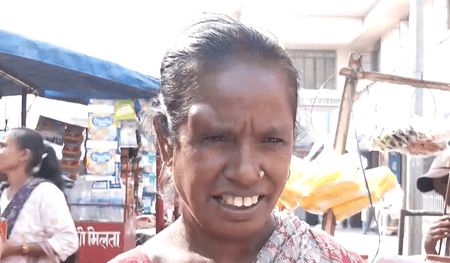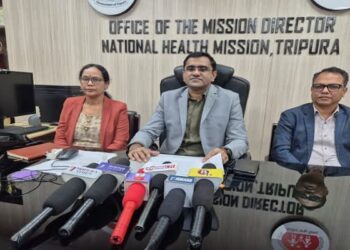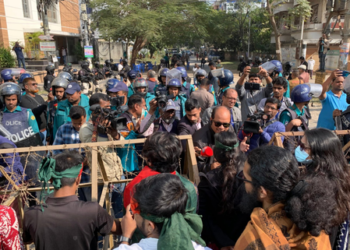Patna, Nov 10 — Once considered one of Bihar’s most neglected districts on human development indices, Kishanganj — a minority-dominated region in the Seemanchal area — has witnessed notable progress in recent years, particularly in health and education. The district, long burdened by inadequate infrastructure, is now fast catching up with other parts of the state, bringing relief and optimism among residents.
Health and education, two vital pillars of quality living, have seen tangible improvement under the leadership of Chief Minister Nitish Kumar. Locals credit his government for prioritizing development in backward regions like Kishanganj. Medical students and patients at government hospitals expressed satisfaction with the growing facilities and improved healthcare delivery.
MBBS student Raja Babu said that doctors are available and attentive to patients’ needs. Another student, Khushi Kumari, noted, “The college is equipped with all essential medical facilities, and the doctors are very supportive.” Similarly, Riya Das appreciated both Prime Minister Narendra Modi and Chief Minister Nitish Kumar for creating an enabling environment for young medical graduates.
Patients too shared largely positive feedback. Tausif Raza, a patient’s brother, said, “Treatment is good, and we have all the necessary facilities.” Mohammad Tanveer Alam, undergoing treatment at a government hospital, added, “All the facilities are excellent, and I am receiving proper medical care.”
However, some residents voiced concerns about political neglect post-elections. “Everything is fine in the hospital, but politicians disappear after the polls. The public wants change,” said Manzar Alam, wife of a patient.
As Kishanganj heads to the polls in the second phase of the Bihar elections, voters are likely to weigh visible improvements in healthcare and education alongside political promises and identity-based appeals — making development a defining factor in the electoral outcome.


















